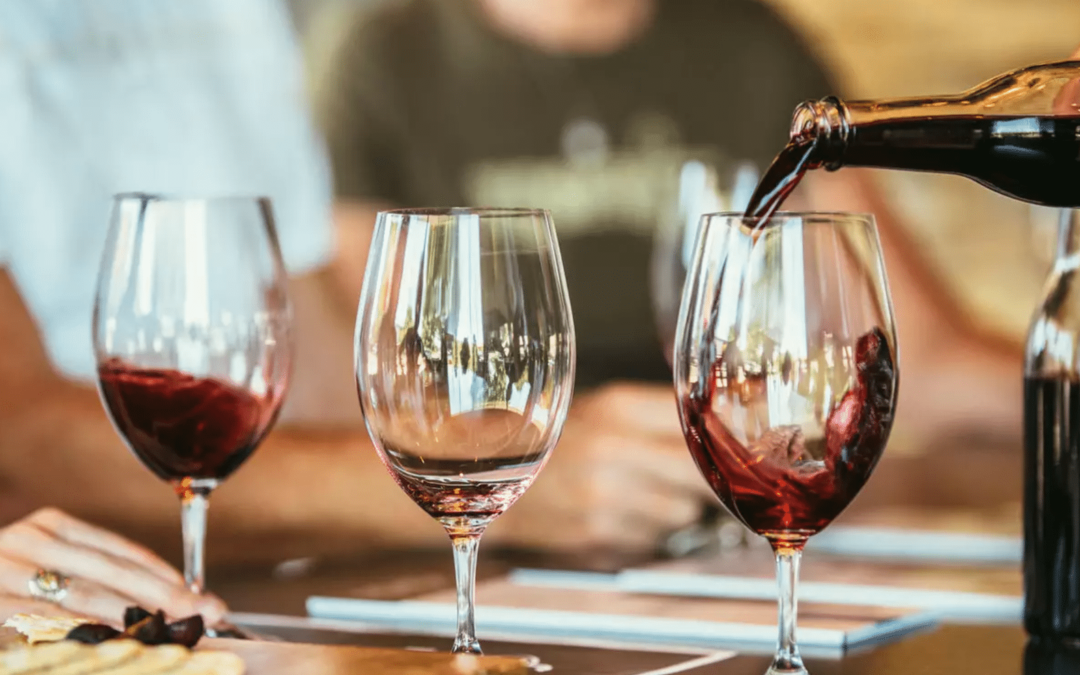The artistry of wine tasting is pretty easy and simple to learn if you are dedicated. Even if you have never attended a wine tasting, you have certainly seen the classic ritual people go through when it comes to wine tasting. The ritual of swirling, sniffing and moving their mouths while enjoying wine. This is because wine tasting involves more than just our taste buds. Wine tasting is the sensory evaluation of wines. In particular, the wine tasting comprises three phases.
Appearance, aroma and taste.
Phase 1: Appearance
The process of tasting begins with the evaluation of its visual appearance; especially its clarity and color. Therefore, you must pour the wine (not more than 1/3 of a glass) in a crystal clear wine and hold it by its stem against a white background (e.g., cloth or towel). This may seem uncomfortable, but it prevents the heat of your hands from altering the temperature of the wine and your fingerprints altering the look of the wine. The wine should appear clear and bright against the dull background. Tilting the glass allows you can to see the color of the wine better.
Usually, the color of wine varies and more color indicates more taste and age. While the weather improves many red wines, it ruins most white wines. The colors of white wines vary from green to yellow to brown. Red wines begin with a purple color, become lighter and mature when ripe.
Whirling is the final step in judging the appearance of the wine. This process allows you to visually observe the body of the wine and release the bouquet. After you have turned the wine over, observe the legs (also called tears), which form in the glass and flow down. “Good legs” (a high number) may indicate a thicker body and a higher and/or sweeter alcohol content.
Phase 2: Aroma
Once you have successfully observed the wine, put your nose in the glass and breathe deeply to inhale its aroma. The smell of wine is extremely important for your overall taste. In fact, you know this… your taste buds only detect four specific flavors (sweet, salty, sour and bitter), while the nose can recognize the thousands of flavors that give live a bit more meaning. Think about the aromas you inhale and try to identify them. What do you remember? You probably smell different smells from others around you. You may not be able to distinguish some odors first, but rest assured that the aroma will be more identifiable with time and practice.
Phase 3: Taste
Now that you have examined the wine with your eyes and nose, you are ready to taste the wine with your mouth. Take a decent sip of wine and kiss it in the mouth for 15-30 seconds before swallowing. Watch the original taste of the wine as you drink it. Think of the body of the wine. Also note the taste characteristics of the wine that turns in his mouth, taking into account the four basic ingredients of wine: (1) acid, (2) alcohol, (3) and sweetness (4) tannin. Swallow the wine and notice its aftertaste. When the aftertaste is gone, reflect and express your impressions of the wine.
Be ready for some of the best wine taskings you could hope for when the Chow Public Market and Eatery opens in June. Please follow us on Facebook.
